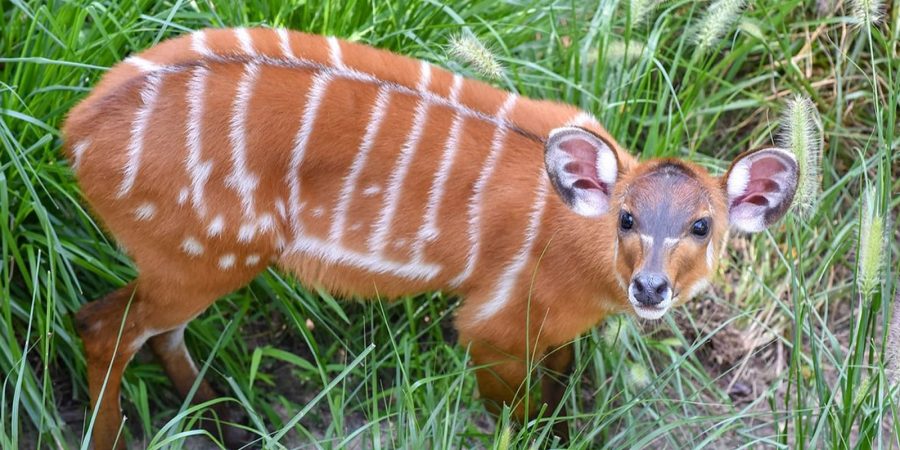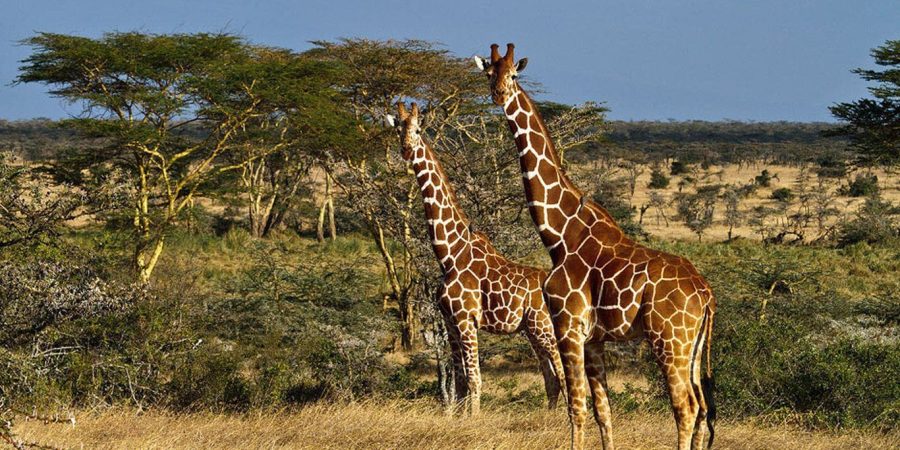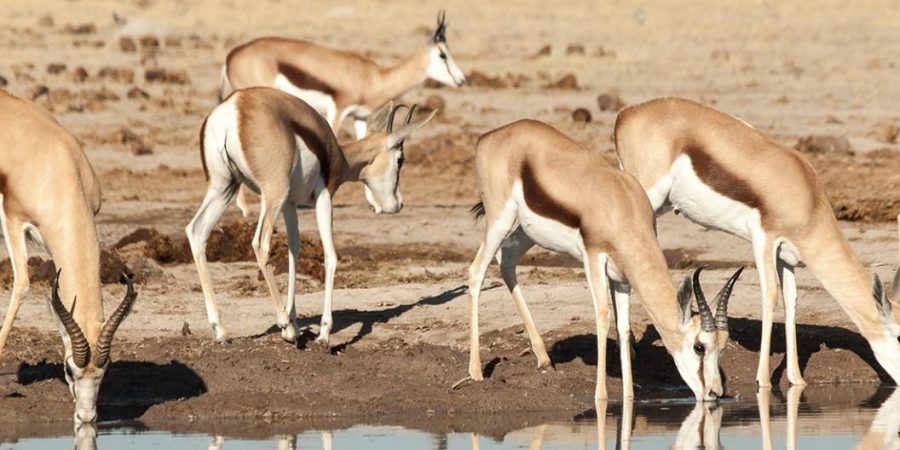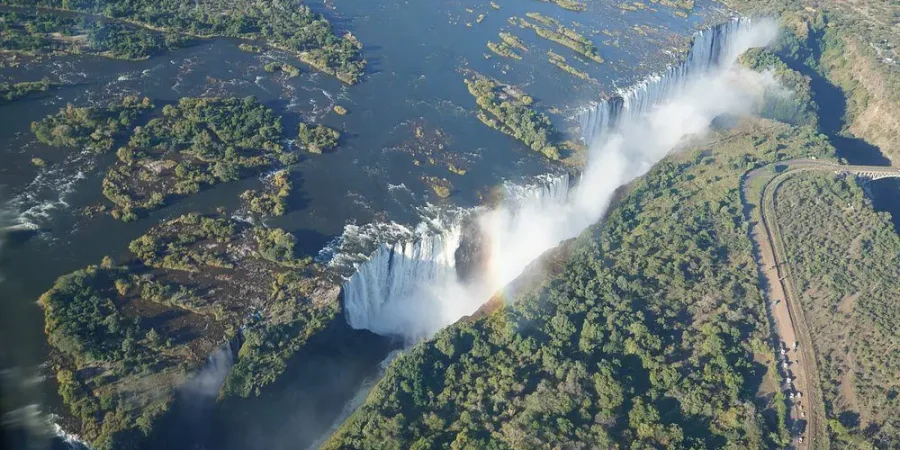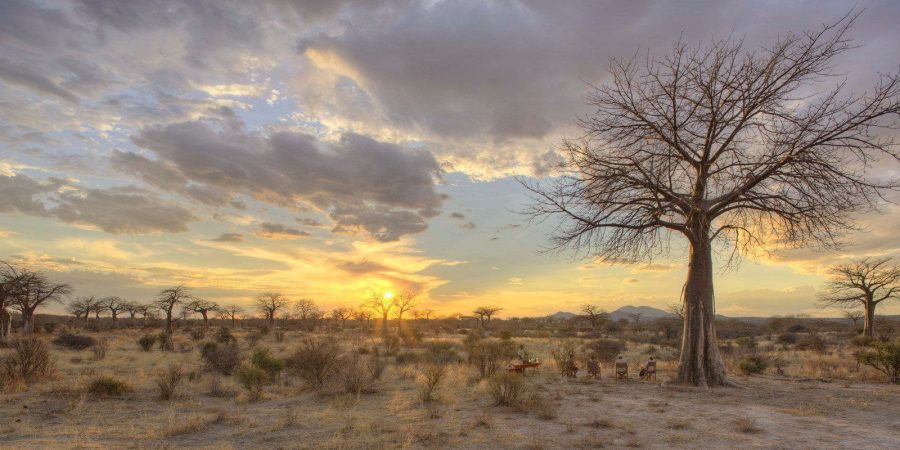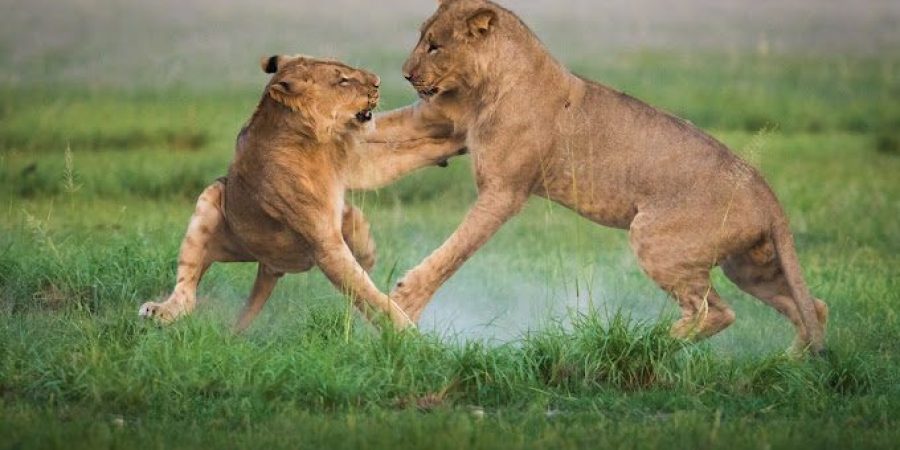Ngorongoro Conservation Area – Tanzania – Best Tourist Guide
Have you booked a trip to Tanzania? Then make sure you don’t miss out on Lake Manyara National Park. There is an array of ecosystems that make up this unique area of East Africa as a lot of the surrounding ground is alkaline. The site is just less than 330 sq. Km, but nearly a third of that is taken up by the Lake itself.
Lake Manyara is a thriving part of East Africa with the water providing sustainability for flora as well as fauna. Make sure to take your camera with you to this amazing Tanzanian gem!
See The Lake Manyara Flamingos
There are so many animals for you to see on a game drive at the National Park, including the rare tree-climbing lion native to Lake Manyara. Did you know that Manyara has the highest collection of baboons in the world? That alone is worth a visit. Many people also visit Lake Manyara to do a spot of serious bird watching as it isn’t uncommon to see over one hundred species of birds on any given game drive.
The best time to visit Lake Manyara National Park is during the wet season as it is more likely that the game will be present, so you can see your favorite animals up close. Here at Cheetah Safaris, we love helping make your dreams come true, so ensure that when you book your next trip you choose us. Our expert guides can incorporate a Lake Manyara National Park visit into your itinerary for your private safari so you don’t miss out!
Why Go on safari to Lake Manyara National Park
Lake Manyara National Park – Tanzania – Safaris to Lake Manyara National Park
The Ngorongoro Crater Promises a Rich Safari Trip
This magnificent location can be home to approximately 30’000 animals at any given time, and thanks to the crater’s multiple habitats the diversity of the game here is second to none. One particular species that’s worth mentioning that you may encounter here is the endangered Black Rhino, as a small population of this beautiful animal is thriving in this idyllic and protected environment.
The crater floor consists of several different habitats that include grassland, swamps, forests, and Lake Makat (Maasai for ‘salt’) – a central soda lake filled by the Munge River. All these various environments attract wildlife to drink, wallow, graze, hide, or climb.
Although animals are free to move in and out of this contained environment, the rich volcanic soil, lush forests, and spring source lakes on the crater floor (combined with fairly steep crater sides) tend to incline both grazers and predators to remain throughout the year.
In addition to this, you can also expect to witness other captivating games on your visit to the Ngorongoro crater, like flamingos, leopards, and lions! The Ngorongoro Crater neighbors the Serengeti National Park to the South and the Ndutu Conservation Area. We offer affordable and incredible Ngorongoro Crater Safaris from Arusha or Nairobi.
A population of about 30,000 large animals, including the highest density of mammalian predators in Africa, lives in the crater. These include black rhinoceros, hippopotamus which are usually very uncommon in the area. There are also wildebeest, zebra, eland, Grants and Thomson’s gazelles.
The crater has the densest known population of lions. On the crater rim are leopard, elephant, mountain reedbuck, and buffalo. Lake Magadi, filled by the Munge River in the center of the crater is, like many in the rift valley, a soda lake supporting flocks of flamingos and a variety of other water birds.
More than 100 species of birds not found in the Serengeti have been found in the crater including; ostriches, kori bustards, secretary birds, and crowned cranes as well as vultures, egrets, herons, and geese. The rainy season lasts from November through to May, with the dry season running from June through to October. June and July are the coldest months of the year. The rim of the crater is often shrouded in dense clouds that pour over the crater into the vastness below.
Start Planning Your Tanzania safaris
We will be glad to receive your safari inquiry and bookings to help you plan and organize your Tanzania Safaris. Our able safari managers will be ready to go through the process to customize and tailor-make your next safari adventure in Tanzania.
Start Planning A Tanzania Safari
Tanzania National Parks FAQs
Tanzania Safari Bookings Q&A
Our team is happy to help discuss any of our safari packages, destinations, or general information, so you have peace of mind! Get in touch with us now.
Which National Park in Tanzania is the best?
Which National Park in Tanzania is the best?
Serengeti National Park. Home to the Great Migration, Serengeti National Park easily makes its way into most bucket lists. This fascinating park presents all kinds of ecosystems which allows it to host a variety of plants, birds and animals.
What is the largest park in Tanzania?
What is the largest park in Tanzania?
Nyerere National Park is now the Largest National Park in Tanzania with the size of 30,893km square….
How many national parks are in Tanzania?
How many national parks are in Tanzania?
There are 22 national parks in Tanzania, many of which form the core of a much larger protected ecosystem, which have been set aside to preserve the country’s rich natural heritage and to provide secure breeding grounds where its fauna and flora can thrive, safe from the conflicting interests of a growing human population.
What is Serengeti National Park famous for?
What is Serengeti National Park famous for?
It is best known for its huge herds of plains animals (especially gnu [wildebeests], gazelles, and zebras), and it is the only place in Africa where vast land-animal migrations still take place.
Our Sustainable Practices
These Safaris are 100% Carbon Offset
How We do It.
We are a safari company in Kenya that believes in sustainable safari practices, community support, and environment management and protection.
By Booking this safari, you contribute 1% of the bookings to sustainable safari practices and carbon offsetting programs in the world. We are a strong advocate of travel sustainability by ensuring we have all that it takes to protect everything for our future generations and healthy living.

